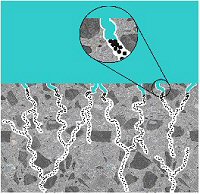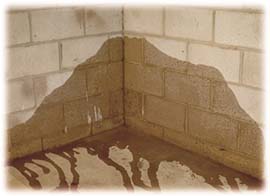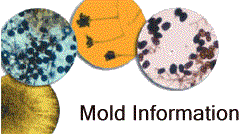| ||||||||||||
|
M. J. Dvmanov, is a medical mycologist specializing in the study of fungal molds within human habitations relevant to human and animal health. A nationally recognized consultant performing indoor environmental studies for federal, state and local government and the private sectors. Also as a lecturer he has certified hundreds of professionals in the health care, legal, academic, real estate, commercial, industrial and related fields where fungi play an important role. He sometimes refers to himself as the "House Doctor" where his patients are sick houses, buildings and other habitations. He conducts investigations and makes a "diagnosis". If there is a concern or problem he prescribes a "treatment" for the habitation as need. He appears in a recent Discovery Health Channel show entitled "Is Your House Out to Get You?" ( Check your local cable listing for a repeat showing or obtain the DVD when available from the Discovery Channel) to discuss many of the risks associated with fungal mold that people encounter in the home or workplace. When recently interviewed he disclosed that in every case that involved a serious health complaint that was mold related such as respiratory or systemic infection by fungal mold a damp basement was involved. "In 2006 three cases were investigated one involving a 30 year female with a Aspergilloma of the right lung, a fungal mold growth caused by the genus Aspergillus, a 57 year male with neurological impairment due to fungal infection of the spinal cord and a 68 year female with eye infection by Paecilomyces sp . In all of these cases the infecting/pathogenic fungal mold was found throughout the basement and could not bee seen by the untrained eye. In laboratory analysis these fungal molds were found to be extensively present. One of the fungal molds was the same color and took the texture of the brick wall making it nearly invisible.
One of the best investments for any and nearly all home owners is a dry and vapor protected basement or cellar. Besides offering the protection against mold growth it also protects against the penetration of radon gas, insects and organic ground gases. |
||||||||||||
|
HOME ALREADY HAS MOLD HEALTH QUESTIONS? REVIEW SOME COMMON ANSWERS HERE
| ||||||||||||
|




